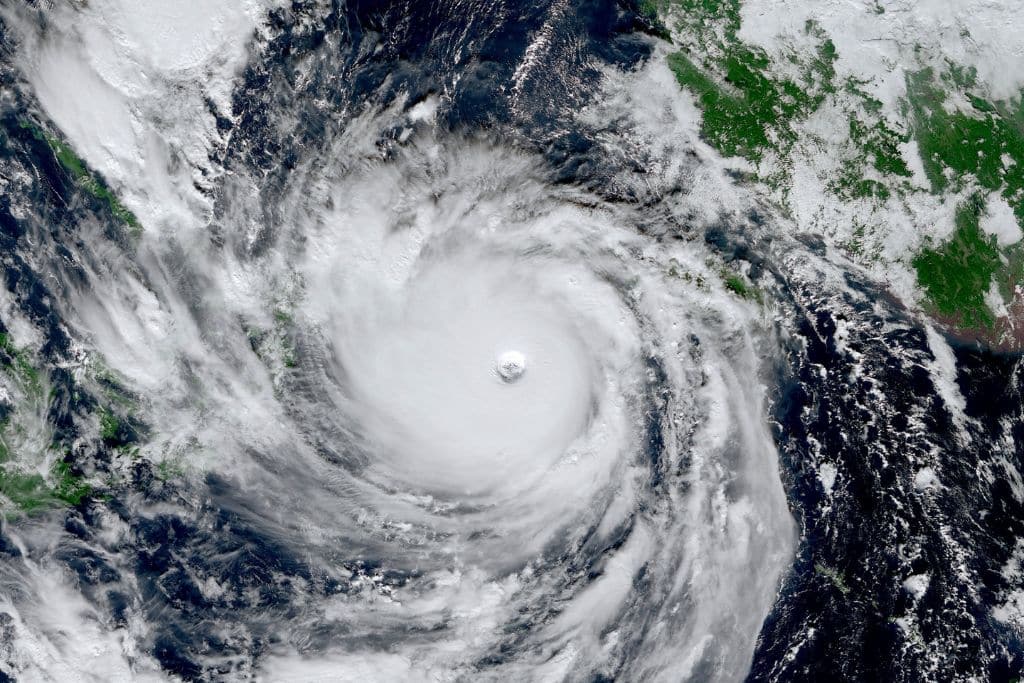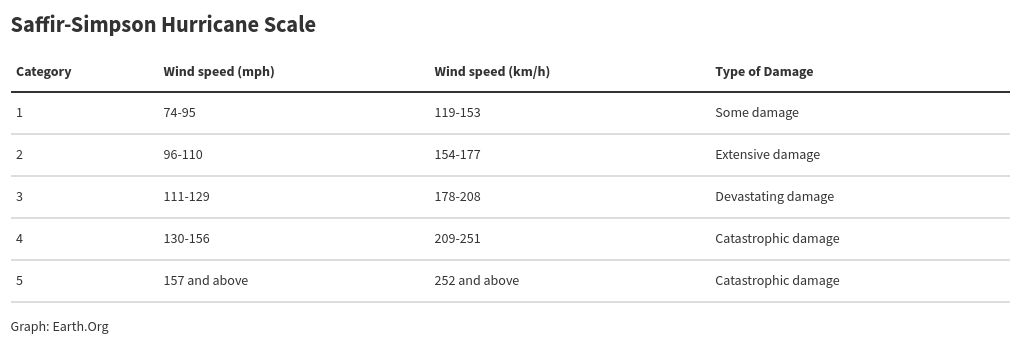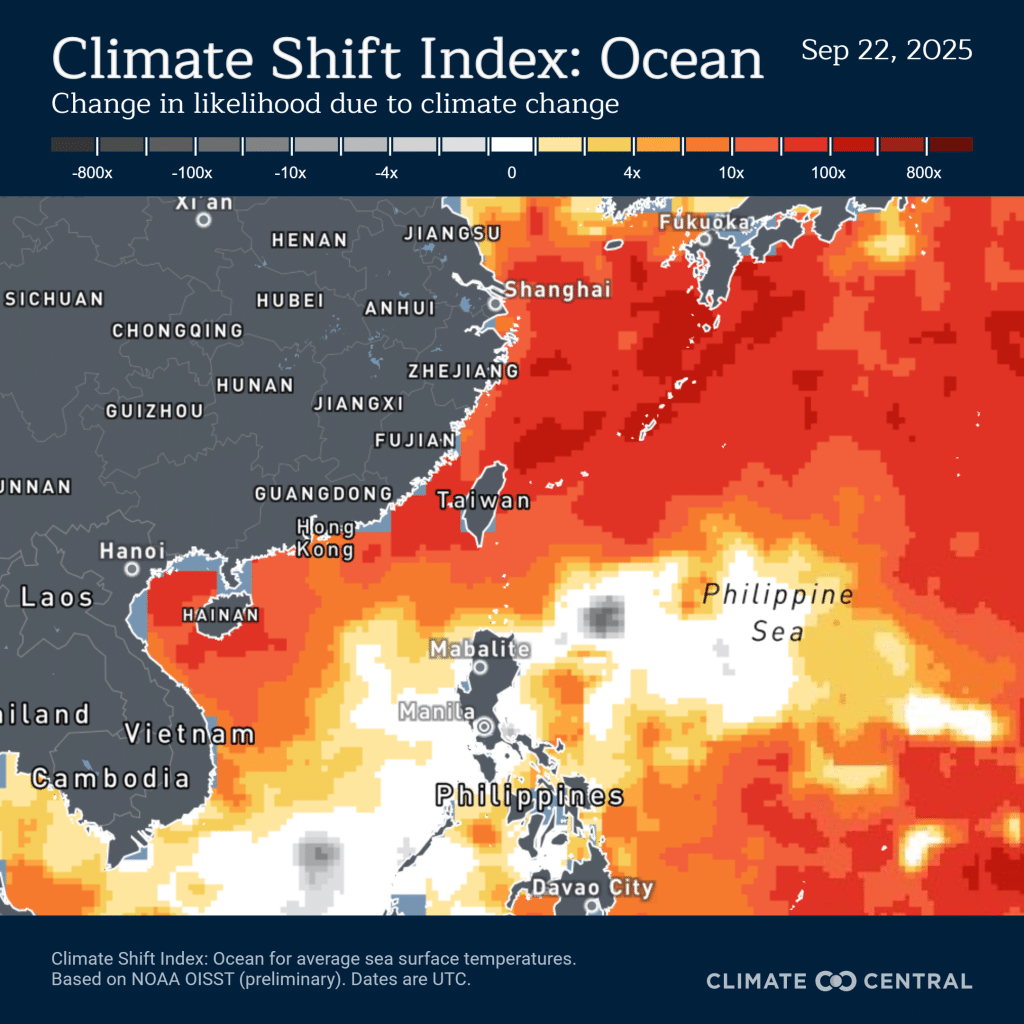Researchers at ClimateMeter concluded that Super Typhoons similar to Ragasa are around 1C warmer, up to 10% wetter, and slightly windier in present-day climate compared to the past.
—
Super Typhoon Ragasa, the strongest storm of the year so far, was intensified by human-made climate change, a new study has concluded.
Super Typhoon Ragasa, which at its peak was comparable to a Category 5 hurricane, battered the northern Philippines and Taiwan on Monday, claiming at least 25 lives. It then moved towards Hong Kong and southern China, bringing torrential rains, destructive winds and widespread flooding.
Carried out by ClimateMeter, the study compared weather patterns in the past (1950–1986) and present-day climate (1987–2023). It concluded that present-day atmospheric conditions resembling Ragasa are now wetter and warmer, favoring the kind of heavy rains, storm surges, and widespread floods that devastated Luzon, Taiwan, Hong Kong, and Guangdong.
Specifically, researchers found that cyclones similar to Super Typhoon Ragasa today are locally up to 10 mm/day – about 10% – wetter, around 1C warmer, and roughly 4% windier compared to the past.
While natural climate variability may have played a “modest” role, “the long-term changes in pressure, precipitation, and temperature strongly suggest that the event’s severity is largely consistent with human-driven climate change,” the study said.
“The devastating impacts of Ragasa show that greenhouse gas emissions do far more than warm the world — they make typhoons wetter, stronger, and more violent,” said Davide Faranda from the French National Center for Scientific Research (CNRS).
“Some may try to dismiss this, but the science is clear. If emissions aren’t rapidly cut, countries like the Philippines, Taiwan, and China will face storms more destructive than anything ever seen before,” he added.
Warmer-Than-Usual Waters
While tropical cyclones are a rather common weather phenomenon, there has been a significant increase in their intensity in recent decades, which scientific observations link to human-made climate change. These abnormal trends are attributed largely to rising ocean temperatures.
Super Typhoon Ragasa intensified atop exceptionally warm sea surface temperatures. Image: Climate Central.
As shown in Climate Central’s Ocean Warming index, Ragasa rapidly intensified into a Super Typhoon atop sea surface temperatures that were 0.7-1.1C above average and whose “exceptional” warmth for the period was made 10 to 40 times more likely by human-caused climate change.
Since the 1970s, the proportion of Category 4 and 5 storms in the western North Pacific as well as the associated rainfall have increased. According to the Intergovernmental Panel on Climate Change, the most authoritative scientific body on climate change, tropical Super Typhoons in the region are expected to become more intense under climate change, although their frequency might not change.
Featured image: SSEC/CIMSS, University of Wisconsin–Madison.
More on the topic: What Are Tropical Cyclones? Understanding Hurricanes and Typhoons and Their Link to Climate Change
💡How to stay safe during a typhoon/hurricane
🏠Secure your home: Reinforce doors and windows, clear gutters, trim trees, and secure outdoor furniture.
🚪Stay indoors: Stay away from windows and doors, and in a room on the lowest level of your home, as long as it is not prone to flooding.
🔌Turn off utilities: If instructed to do so, turn off gas, electricity, and water to prevent accidents.
🔦Prepare an emergency kit: Include essentials like water, non-perishable food, flashlight, batteries, first aid supplies, and important documents.
🌡️Follow local weather services: Check local meteorological services or news channels regularly, as they provide real-time updates and alerts about heat advisories and warnings. Local governments and emergency management agencies often post timely updates on social media platforms as well so keep them monitored.
📱Use weather apps: Download reputable weather apps that provide notifications about extreme heat conditions. Many of these apps allow users to set alerts for specific weather events in their area.
❗Sign up for emergency alerts: Many cities have rolled out local emergency notification systems or community alert programs that citizens can easily enroll in. These services often send text or email alerts directly to residents during extreme weather events, including heatwaves.
To learn more about the link between tropical cyclones and climate change, check out this article.
Our non-profit newsroom provides climate coverage free of charge and advertising. Your one-off or monthly donations play a crucial role in supporting our operations, expanding our reach, and maintaining our editorial independence.
About EO | Mission Statement | Impact & Reach | Write for us
Our non-profit newsroom provides climate coverage free of charge and advertising. Your one-off or monthly donations play a crucial role in supporting our operations, expanding our reach, and maintaining our editorial independence.
About EO | Mission Statement | Impact & Reach | Write for us


